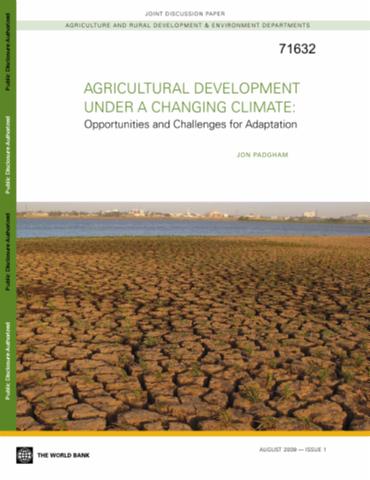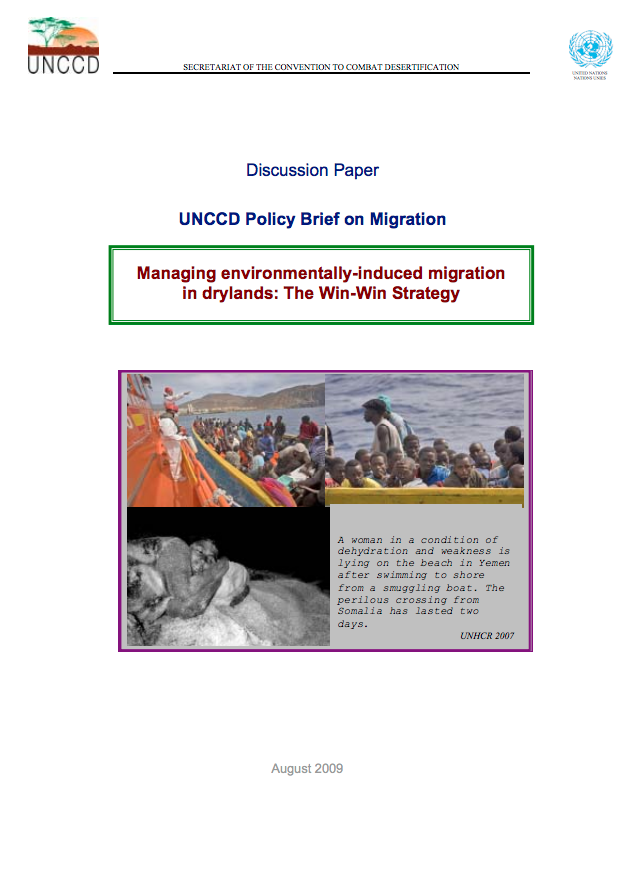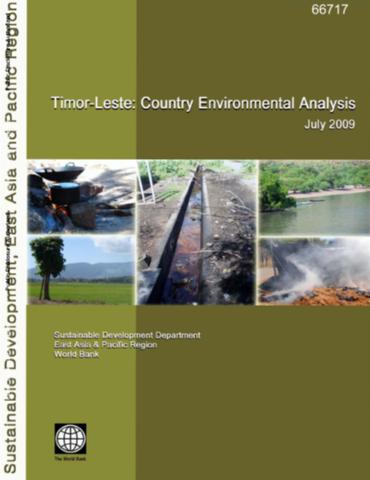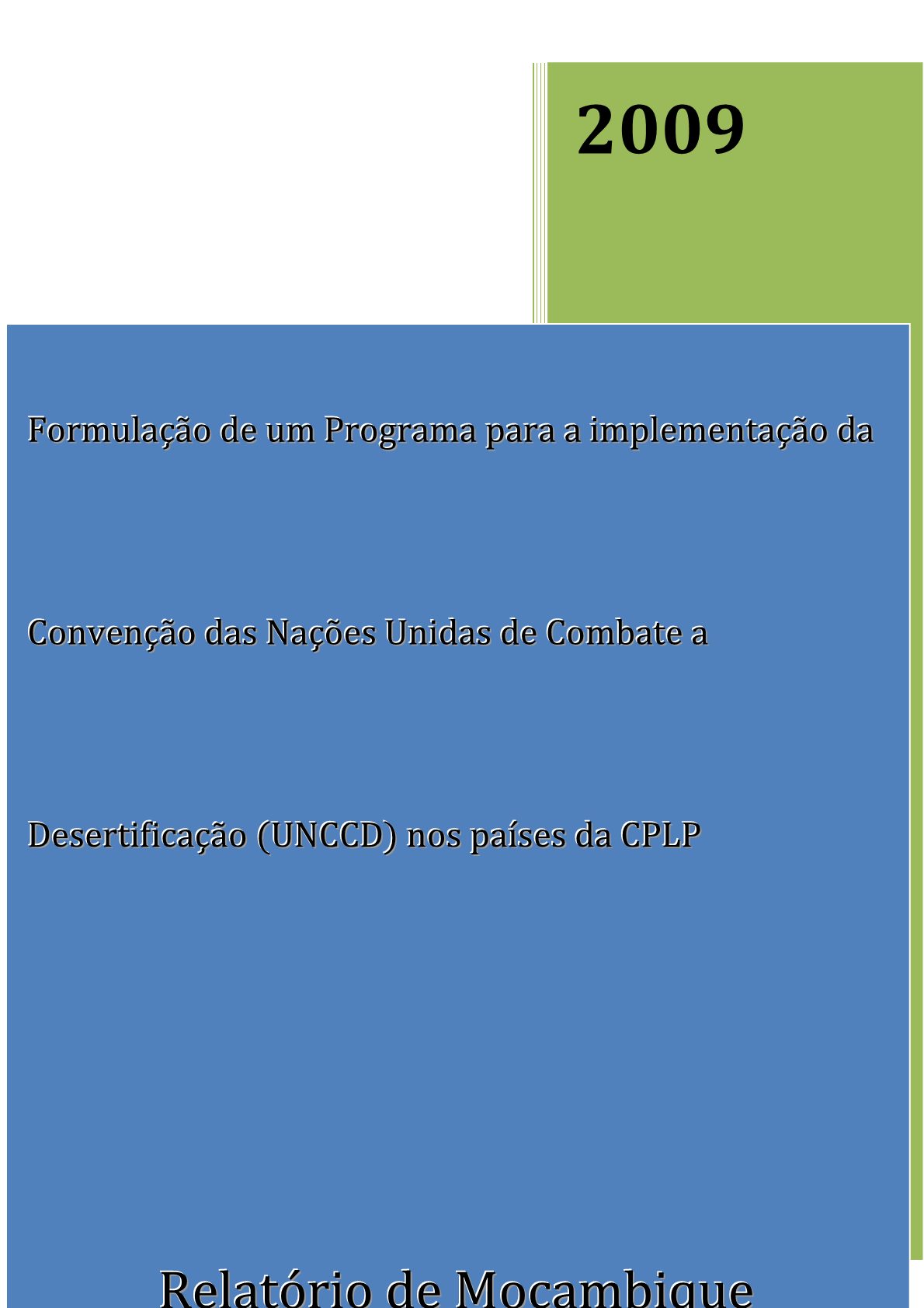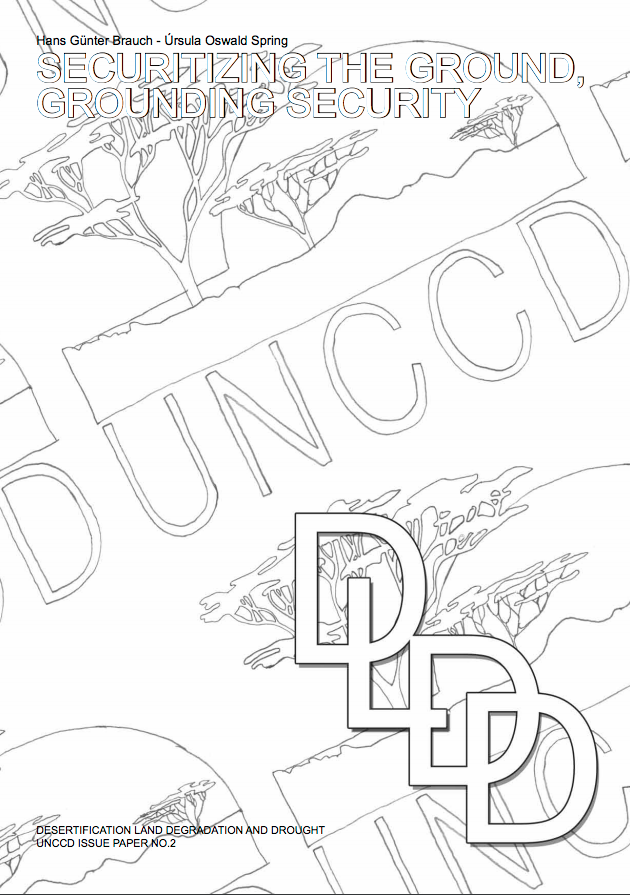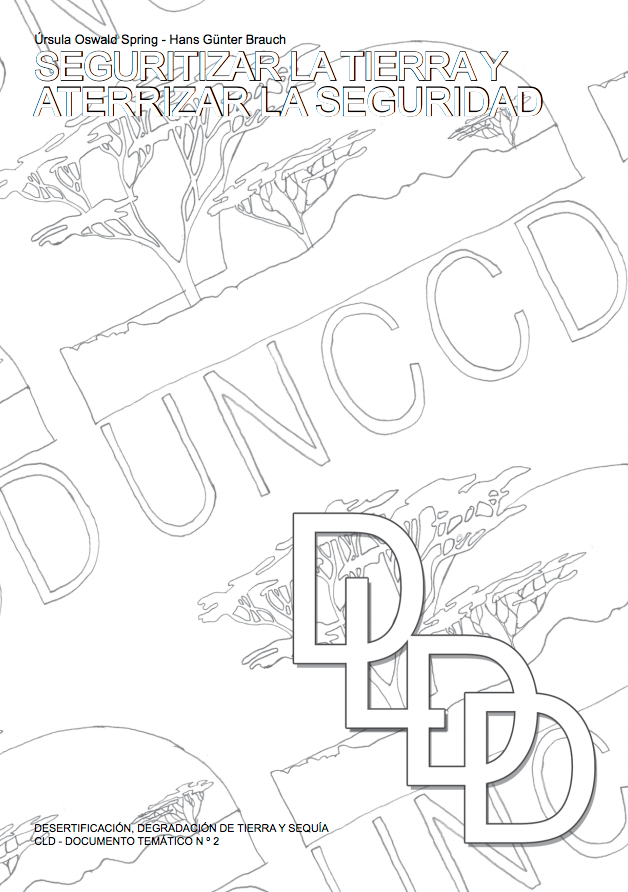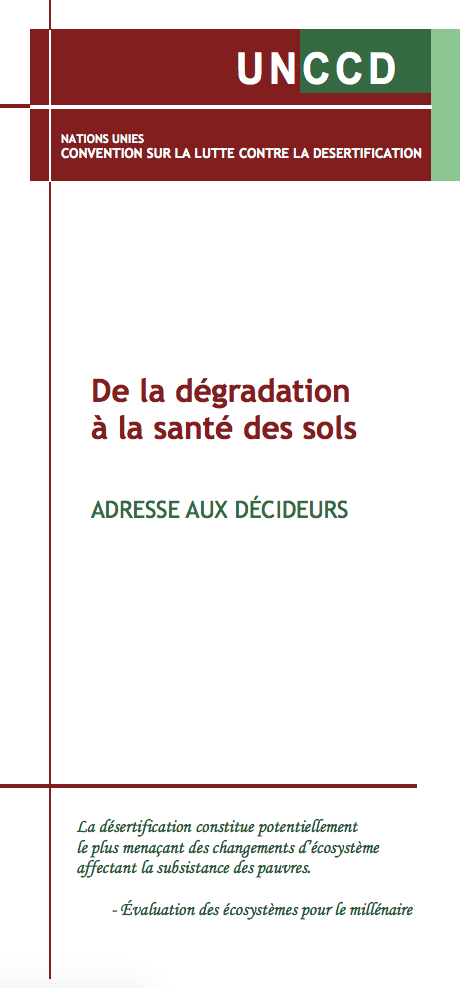Post-Wildland fire Desertification: Can Rehabilitation Treatments Make a Difference
Desertification, caused by land degradation as opposed to the immediate creation of classical deserts, is of prime concern in the 21st century. As a result of human activities and climate change, the land loses its proper hydrologic function and biological productivity. Desertification affects 33 % of the earth's surface and over a billion people. Fire-related desertification has a number of environmental, social, and economic consequences. The two key environmental consequences are soil erosion and non-native plant invasions. Erosion after wildland fires can be in the range of



